
2. They have bull fights in Costa Rica, too – the progressive Central American country with no army and a great history of democracy and human rights – but they do things a little bit different. In fact, the bull is NEVER harmed, but chases down and doles out punishment on unarmed and defenseless human beings!
3. At fairs, festivals, and horse shows all over the small nation, which are called topes, bullfights, called Corridas de torros – or literally translated, “Running from the bulls,” are held all year but mostly in the holiday months of December, January, and February.
4. Costa Ricans also affectionately call bull fighting Toros a la Tica, or bulls of Costa Rica. The bulls may be the main event but fair goers also enjoy carnival rides, games, karaoke, makeshift bars and nightclubs, and tons of local foods and treats for the whole family.
6. At most of these Corridas there are about ten bulls ridden and released into the ring each night. A brave (and nervous) montadore only makes about $30 for his effort. But for those who excel and endear the crowd, a lifetime of fame could be theirs!
7. The brave (or foolish) riders are called montadores – not matadors - and prepare by saddling onto the bulls in a tight pen beside the ring. The bulls are extra aggressive after not being fed for 24-hours prior to their ride and thanks to a rope tightly cinched around their midsection.
8. When the montadore yells “Puerta” (door) the pen door opens and the irate bull charges into the arena, bucking and thrashing to rid themselves of the rider who has only a rope and spurs to cling to. In this way, bullfights in Costa Rica are similar to professional rodeo in the United States: the rider is recognized for his effort and the amount of time he can stay on the bull. But that’s just the beginning of the festivities.
9. From there, the bull – called El Violador (the violator) - charges around the ring, going after the montadore and dozens of other young men and amateur participants who jump in the ring, all scrambling and sprinting for their lives!
10. The inclusion of amateur participants is always the most cheered tradition at the Corridas de torros. At the bigger shows in San Jose and the main cities, officials may make sure they aren’t drunk and require them to sign injury liability waivers, but in the smaller affairs in the provinces, it’s usually a potentially deadly case of caveat emptor.
11. The amateurs often spice up the proceedings and entertain crowds by wearing masks, capes, costumes, performing stunts like trying to flip or dive over a charging bull, touch it on the backside, or play games. In one such game, participants casually sit at a wooden table placed in the middle of the ring, calmly sipping their beers. As the ball charges, the trick is to see who has the biggest cojones by staying seated and cool the longest before the bull smashes into the table – or them.
12. Plenty of safety officials, medial personnel, and rodeo clowns called improvisados are on hand to aid the bull rider, distract charging bulls from defenseless prone participants, and even play games with the bull themselves.
13. Aside from paying the rider, there are often cash prizes offered by the festival organizers for the best and bravest performances in the ring.
14. Costa Rican tradition dictates they don’t harm bulls not just out of concern for the animal’s well being, but for a more practical reason: cattle was once the main source of income in many parts of the country, so they couldn’t afford to kill or maim a bull just for sport.
15. These days, it’s the riders and ring jumpers that are at risk. The Costa Rican newspaper La Nación reported that 257 people were injured in bullfights last year, with 67 hospitalizations. Deaths are also not uncommon, and recent cases have included drunk or unwise tourists who jumped in the ring and were gored to death.
16. Owning a top bull can be big bucks for breeders, who sometimes bring 300 of their biggest, baddest and meanest bulls to the festivals every year.
17. But no bull is more revered in Costa Rica than the legendary Malacrianza. Literally translated that means “Bad ass,” and Malacrianza definitely lives up the billing, weighing in at an immense 1,700 pounds and intimidating with his black and white speckled skin and colossal sweeping horns like a devil’s pitchfork.
18. Well-to-do rancher Ubaldo Rodríguez first discovered the most famous bull in Costa Rican history when he received him in a bulk purchase of livestock in 2003. This particular bull quickly proved he was way too ornery and aggressive for farm work, scaring and injuring the other animals and even ranch hands. So they brought the bull to the ring for a different purpose.
19. Malacrianza first burst into the national spotlight as an unknown in 2004, when his owner, Ubaldo Rodríguez, entered the unruly young bull at the festivals in Los Angeles de Nicoya in Guanacaste. Malacrianza proved to be equal parts vicious, graceful, and violent – winning over crowds instantly. He continued to impress and dominate at festivals around the country, earning nicknames like El Corazón de Garza (The Heart of Garza), Su Majestad (His Majesty), and the most popular nickname: El Toro Asesino (The Bull Assassin.)
20. Malacrianza soon lived up to his rapidly growing reputation, killing veteran rider Juan Carlos Cubillo in Guanacste Province in 2005 and then pro Jason Gómez, known as El Invisible, in 2006. Fighting for almost ten years when the typical bull only had a career of a few years, Malacrianz became the most dangerous bull in Costa Rica history, injuring countless riders.
***
-Norm :-)

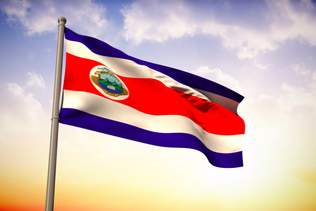
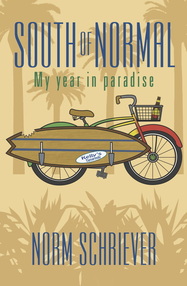
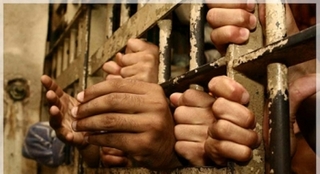
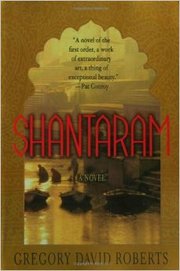
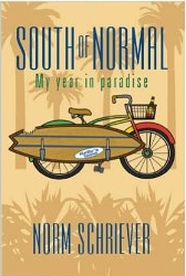


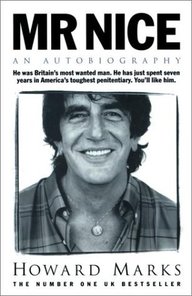

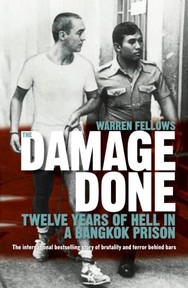
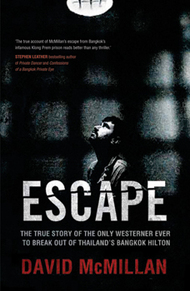
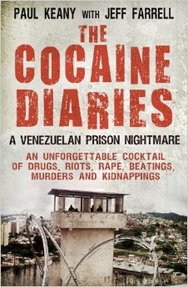

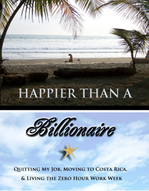

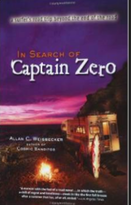
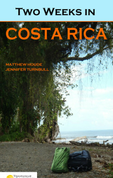

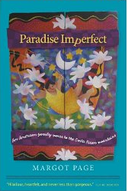
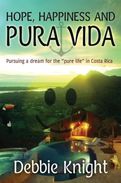
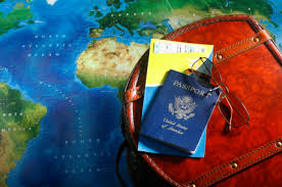


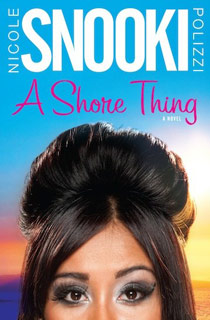
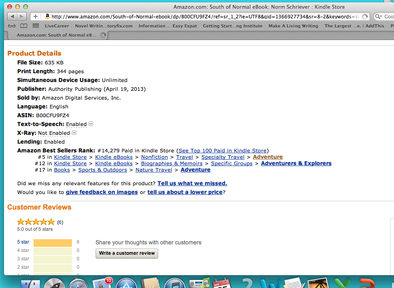
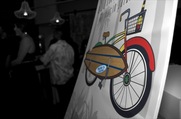
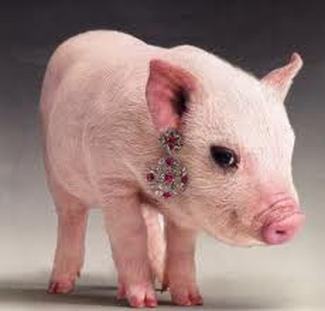


 RSS Feed
RSS Feed